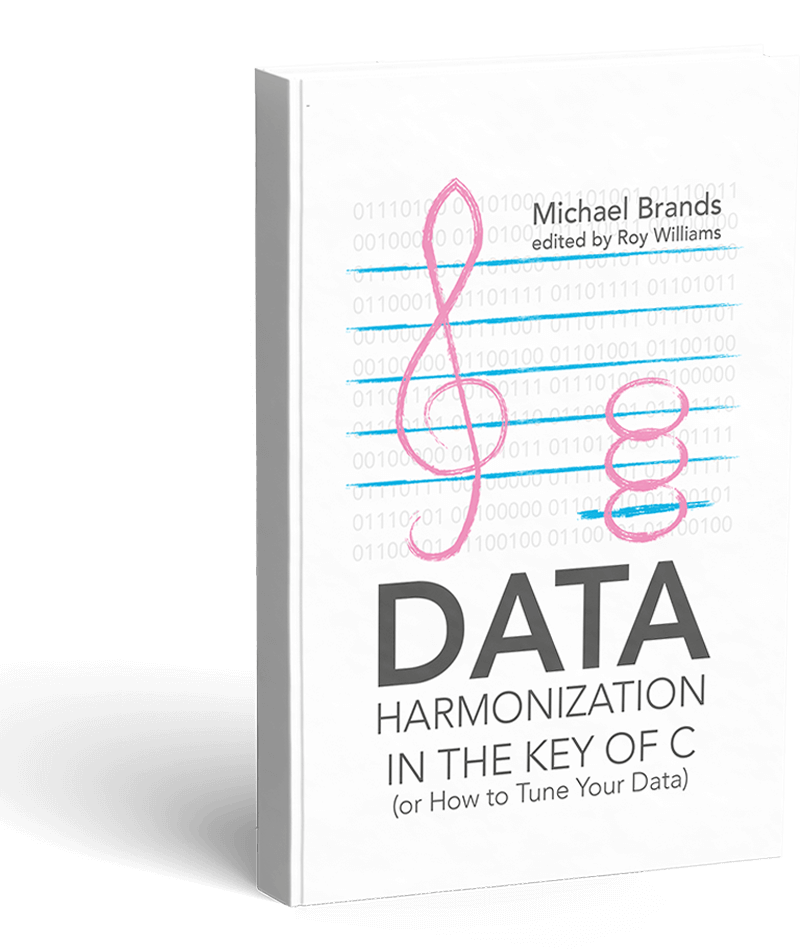The world’s biggest sporting event, the Olympics, is underway in Tokyo with no spectators allowed in the stadia and yet Europe is welcoming fans back bigtime.
There were at least 60,000 fans at the Euros final at Wembley Stadium in London and 140,000 for race day at the British Grand Prix. A figure of 350,000 was put on the whole weekend.
The Belgian Grand Prix at Spa at the end of August is expecting 75,000.
These are outdoor events with restrictions on admission based on evidence of vaccination, prior negative testing, or proof of immunity, but the World Health Organization warned about rising infection rates based on attendances at the Euros early in July.
The English events were part of the UK government’s Event Research Programme – a series of pilots designed to test the best way of ‘opening up’ post-lockdown.
But where’s the data on how successful it has been? An initial report on the first phase admitted: “They were insufficient in scale, scope, and study designs to generate any direct evidence based on transmission data. Therefore, evidence on case numbers should be treated with caution.”
Phase 1 data was supposed to inform the rollout of phase 2 and phase 3 events, which instead went ahead regardless. Absence of evidence is not evidence of absence.
#dataanalytics #dataquality
